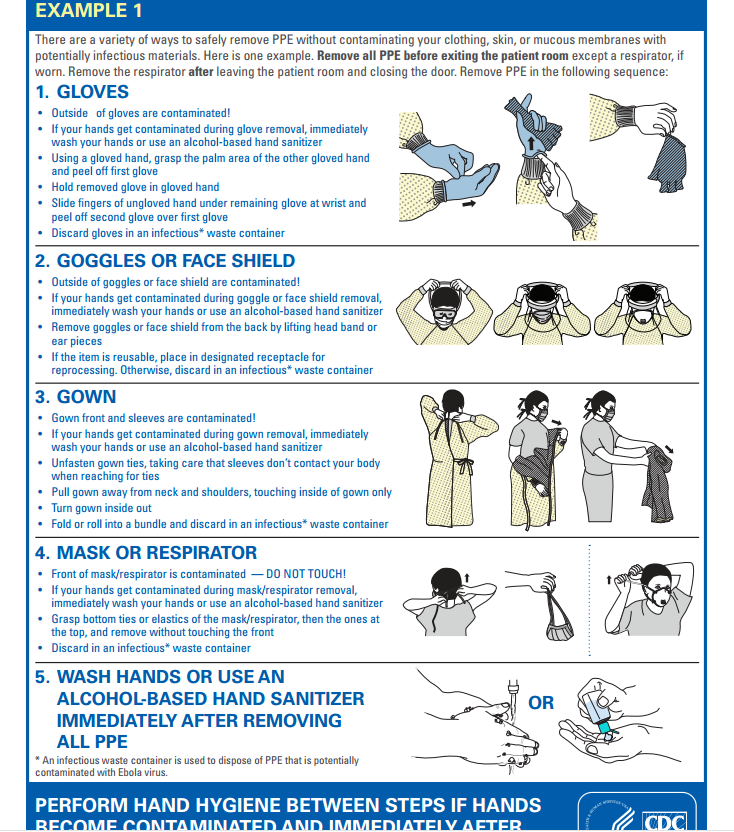Intravenous Lipids have been used in the clinical setting for over 3 decades. However, the use of these intravenous fluids have had a widespread element of controversy. Some healthcare providers question whether we should be using intravenous lipids due to the potential compromise of patient outcomes. Over the past 15 years new lipids that include olive oil and/or fish oil have been introduced with some remarkable findings seen when these new lipids replace the more traditional ones. The most widely available intravenous lipids are prepared from soybean oil or a combination of soybean and safflower oil. All of the emulsions are emulsified with egg yolk phospholipid, with glycerol added to achieve an isotonic solution. The issue of Lipid function and use in pediatric, adult surgical and critically ill patients were covered in a Swedish Symposium with the aim of developing a clearer picture of the current situation.
What Are Lipids Use For?
- Drug Overdose
- Cardiotoxicity
- Nutrition Replacement
Anesthetic-Induced Cardiovascular Collapse
On the other hand, Intravenous lipids emulsion is an established, effective treatment for local anesthetic-induced cardiovascular collapse. The main theory for the mechanism of action is that by creating an expanded, intravascular lipid phase, homeostasis is established that drives the offending drug from the patients tissues into the newly formed "lipid sink". The theory of using IV lipid emulsions have been considered a generic form of reversal of toxicity caused by overdose of treatment in non-local anesthetic overdoses across a wide spectrum of drugs: beta blockers, calcium channel blockers, herbicides and several varieties of psychotropic agents. IV Lipid therapy is gaining acceptance in emergency rooms and other critical care settings as a possible treatments for drug toxicity.
Cardiotoxicity that results from bupivacaine and types of anesthetics has been the subject of laboratory investigation for over 30 years. Long acting anesthetics such as bupivacaine were implicated in several fatal cardiac arrests reported in 1979 by Albright [4].
Nutrition Replacement
"Energy deficit is a common and serious problem in intensive care units and is associated with increased rates of complications, length of stay, and mortality. Parenteral nutrition (PN), either alone or in combination with enteral nutrition, can improve nutrient delivery to critically ill patients. Lipids provide a key source of calories within PN formulations, preventing or correcting energy deficits and improving outcomes."[6]
Damage to Patients Veins
 "Infusion of intravenous lipid and parenteral nutrition in the same line may protect against phlebitis and loss of the intravenous vein, possibly due to physical coating of the vein with the lipid particles or the reduced osmolality of the infused solutions. The osmolality of intravenous lipid solutions, irrespective of the lipid concentration, is 268 mOsm/L, making them safe for both central and peripheral lines."[5]
"Infusion of intravenous lipid and parenteral nutrition in the same line may protect against phlebitis and loss of the intravenous vein, possibly due to physical coating of the vein with the lipid particles or the reduced osmolality of the infused solutions. The osmolality of intravenous lipid solutions, irrespective of the lipid concentration, is 268 mOsm/L, making them safe for both central and peripheral lines."[5]References
- http://www.ncbi.nlm.nih.gov/pubmed/23459217
- http://www.sjtrem.com/content/18/1/51
- Singer, P., Theilla, M. and Cohen, J. (2015) Use of intravenous lipids: what do the guidelines say? World Review of Nutrition and Dietetics. 112, p.163-71.
- Albright GA: Cardiac arrest following regional anesthesia with etidocaine or bupivacaine. Anesthesiology 1979, 51:285-287.
- Innis,S:Lipids in Parenteral Nutrition.2013.
- Intensive Care Med. May 2010; 36(5): 735–749. Published online Jan 14, 2010. doi: 10.1007/s00134-009-1744-5













